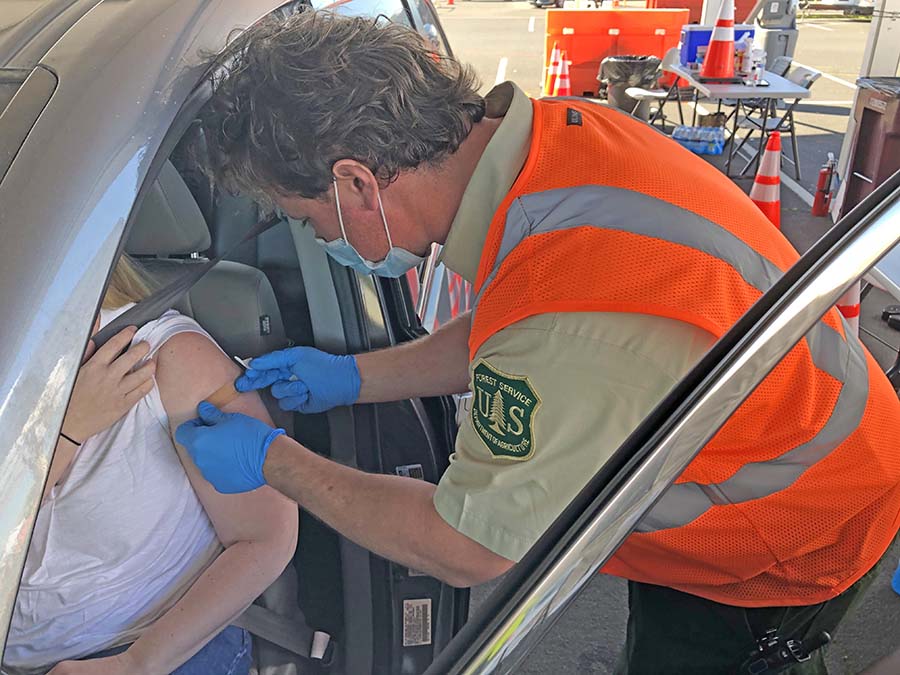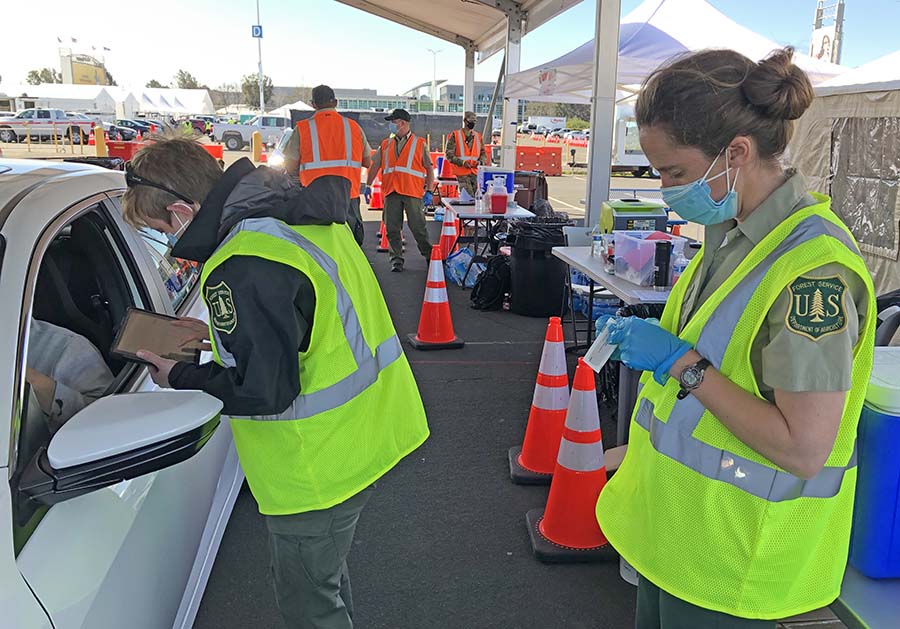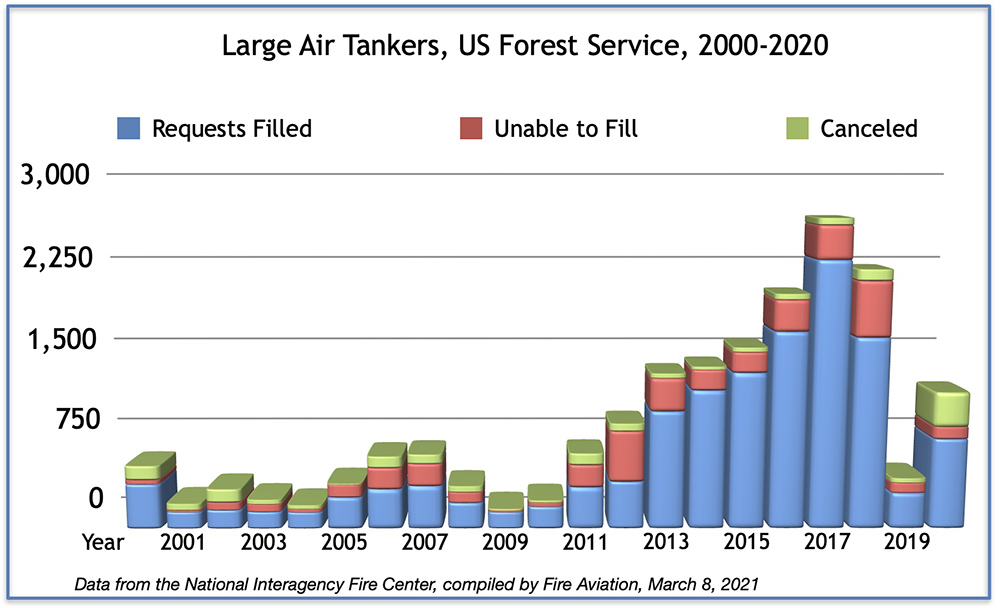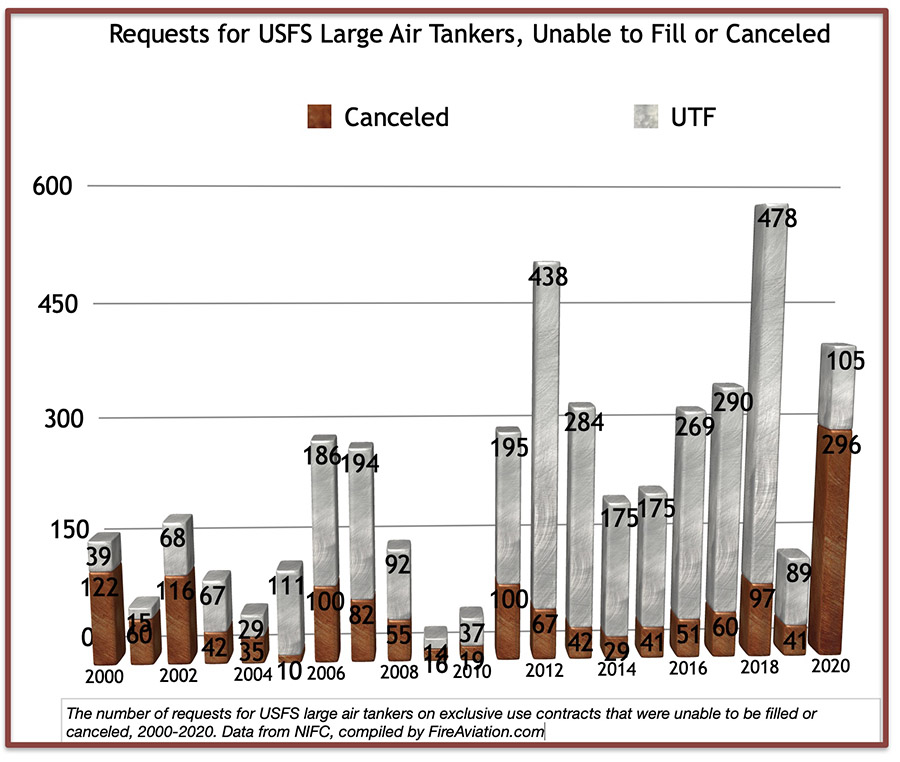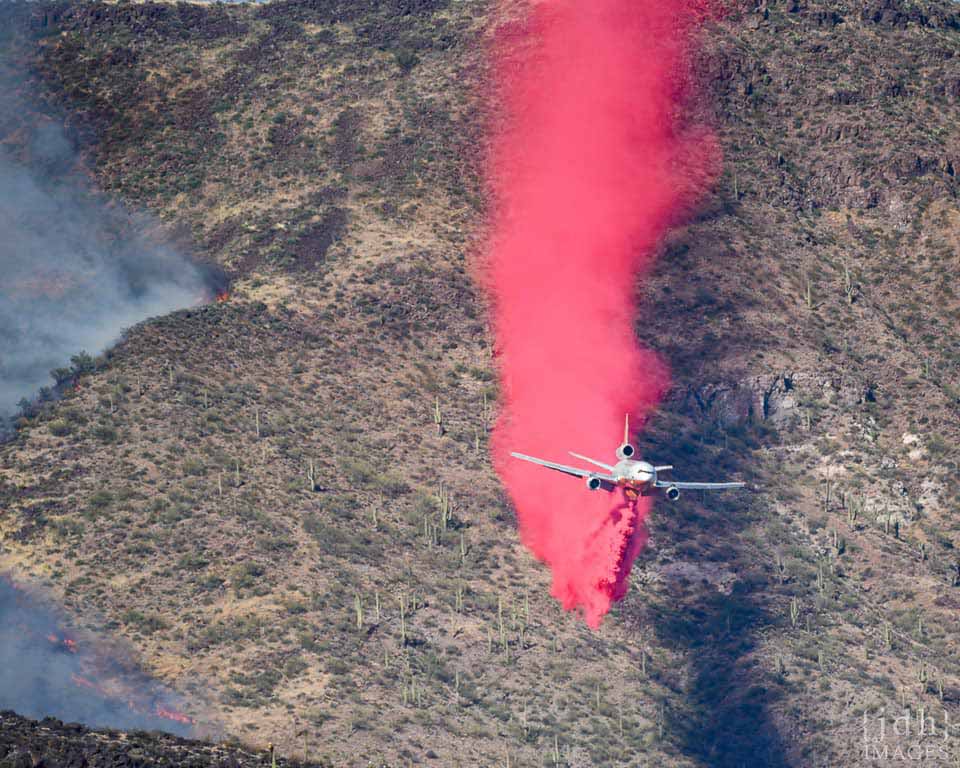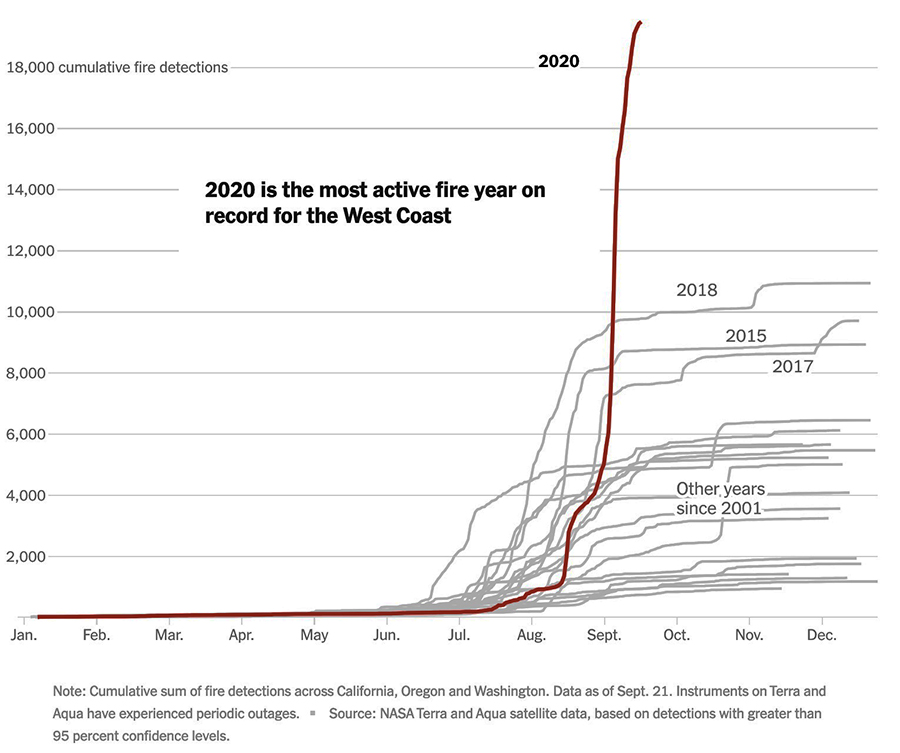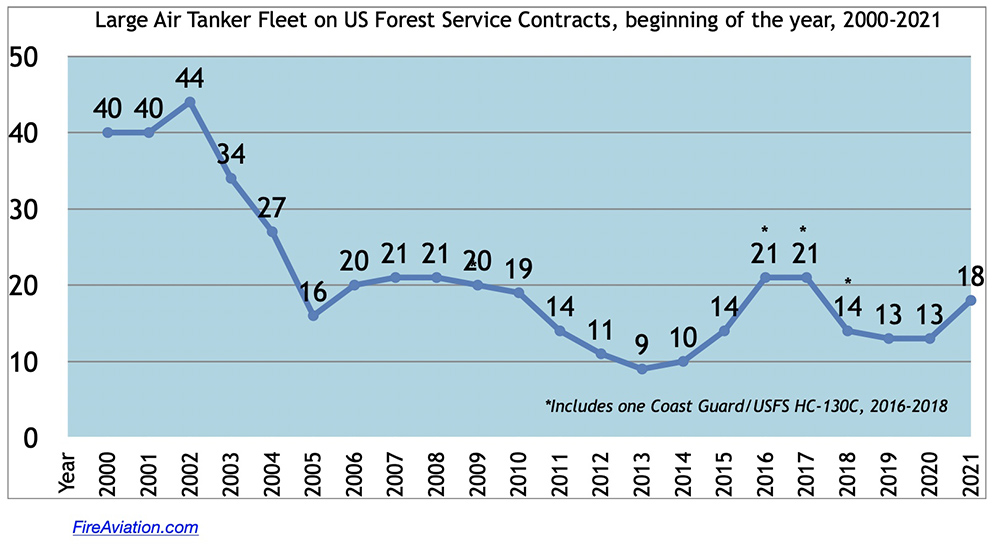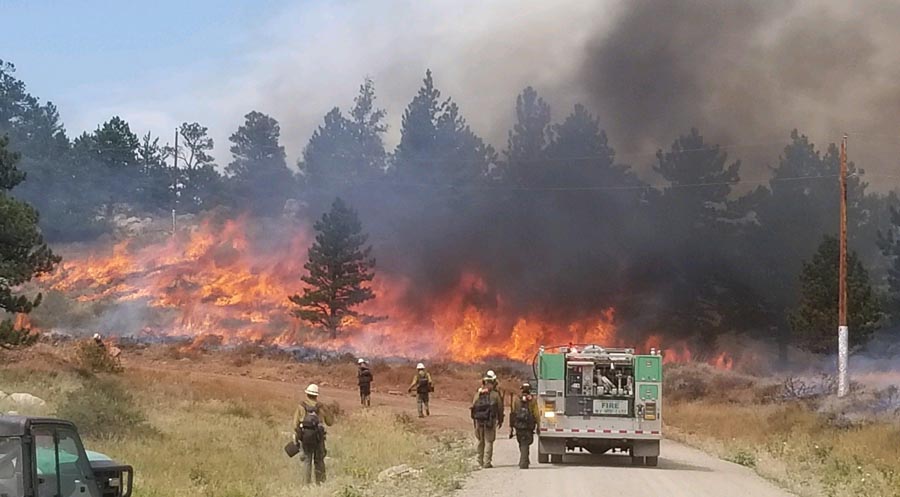
Chad Fisher, who has served as the National Park Service’s (NPS) wildland fire operations program leader since 2017, has been selected as the agency’s chief for the Branch of Wildland Fire. In this position he will lead the team responsible for operations, planning, budget, and science and ecology for the wildland fire management program.
Fisher began his career at Pocosin Lakes National Wildlife Refuge in 1990 after graduating from Haywood Community College with an associate degree in Fish and Wildlife Management. He spent the early ‘90s working at the refuge during the spring and fall fire seasons and the summer season on the Payette National Forest in Idaho. Chad was a member of the Asheville Interagency Hotshot Crew (IHC) in 1993 and the NPS’s Alpine IHC in 1994. He returned to school at University of Montana (UM) in 1995 ultimately earning a Bachelor of Science in Resource Conservation. He worked as a smokejumper in McCall, Idaho and a helitack crew leader for the interagency Lolo National Forest/Salish Kootenai Tribe while attending UM.
Chad worked on the Great Smoky Mountains prescribed fire crew (Wildland Fire Module) before receiving his first career seasonal appointment on the Lewis and Clark National Forest. He returned to Great Smoky Mountains National Park as the assistant module leader and module leader before moving to Boise as a training specialist for the NPS. In the mid 2000’s Chad was the national fire training specialist for the United States Fish and Wildlife Service then returned to the NPS as the wildland fire safety program manager. He received the 2013 Paul Gleason Lead by Example Award for his work with the Dutch Creek mitigations. In 2017 Chad officially became the program lead for NPS Wildland Fire Operations.
Chad is a member of the National Park Service Safety Leadership Council (SLC) and the National Multiagency Coordinating Group (NMAC). His wife Sarah works for the United States Forest Service and they are the proud parents of two sons. He credits his parents and strong mentors from his days at Pocosin Lakes and Alpine IHC with helping him establish a strong foundation early in his life and career. Chad enjoys spending time with his family, running, mountain biking, and sitting by the backyard firepit.
Chad will begin his new position on March 28, 2021.


